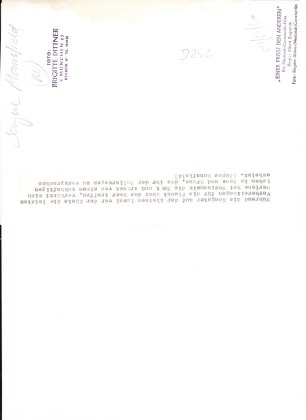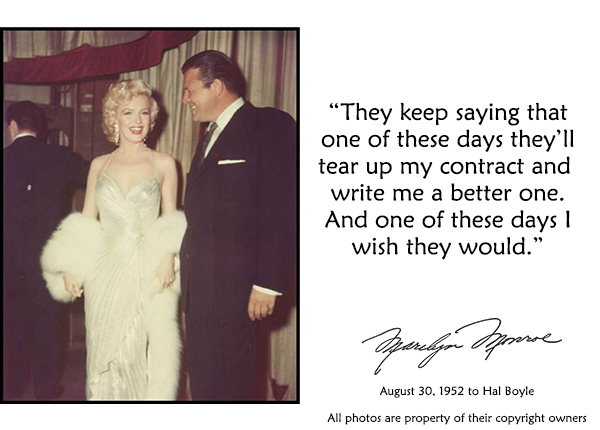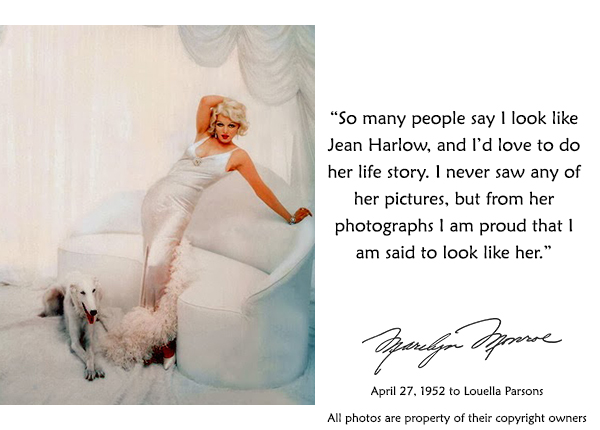Who is Frank Capell?

Frank Capell is not a household name yet he has created one of the biggest household rumors to date. He nearly single handily created the rumor that will not die. This is the person who officially started the Kennedy murder rumors. But who is Frank Capell? Frank Capell was an extreme right wing Republican who had a well known disdain for the Kennedy family and was a rampant anti-communist. Capell was also someone who played upon the fears of the American people, just like people on the far left or right do today.

Frank Capell got his start “fighting commies” in 1938 as a confidential investigator and later chief of the Subversive Activities Department for the Sheriff of Westchester County, New York. The purpose of the Subversive Activities Department was to find anything that might threaten the American way of life. It was a precurser to the Subversive Activities Control Board that was started in 1950 and went on to cause the Red Scare. Capell was eventually moved to the Compliance Division of the War Production Board. On Spetember 22, 1943 he was arrested after accepting $1,000 from a clothing manufacturer. In 1945 he was indicted and pled guilty to three counts of conspiring with Richard Atherton to “solicit bribes from government contractors”. He was unable to work in politics again because of these charges so he started “The Herald Of Freedom”.
A friend of Capell’s was Jack Clemmons, the first responding officer to Marilyn’s death. Clemmons was connected to the Police and Fire Research Organization. Fi-Po was dedicated to “exposing subversive activities which threaten our American way of life.” Clemmons met with Capell six weeks after Marilyn’s death to investigate Communist connections in Hollywood. This is how Capell was introduced to Maurice Ries who told him Marilyn had been having an affair with Bobby Kennedy, that Bobby changed his mind, Marilyn threatened to go public with the affair, and that the Kennedy family had her killed.Clemmons proceeded to help Capell by calling the coroner’s office. He was told that no pill residue was found in her stomach. Capell, Clemmons, and Ries were now convinced that the lack of pill residue spelled murder. Capell at once ran to Walter Winchell with this information. Winchell compiled a bunch of these tidbits in an article he later published. Capell went on to publish The Strange Death of Marilyn Monroe (and citing Winchell, i.e. himself, as a source) in 1964. The following contains a great synopsis and excerpt:
Capell and Clemmons later collaborated with John Fergus to attack Senator Thomas H. Kuchel (R-CA) by producing a pamphlet. Why did they do this? He supported the Civil Rights Act of 1964. In February of 1965, Capell, Clemmons, and Fegus were indicted for “conspiracy to libel” by obtaining and distrubiting an affidavit that said Kuchel and been arrested for having homosexual relations in the back of a car. This was based on an actual case from Kuchel’s office from 1950, where two of his employees had been arrested for drunk driving. Capell and Clemmons issued a statement saying the press had demonstrated “disregard for our accepted standards of fair play.” Guilty pleas were entered by Capell and Fergus. Clemmons’ charges were dropped on the condition that he resign.
William Sullivan, Deputy Director of the FBI, released an interesting tidbit in his autobiography The Bureau: My Thirty Years In Hoover’s FBI: “Although Hoover was desperately trying to catch Bobby Kennedy red-handed at anything, he never did. Kennedy was almost a Puritan. We used to watch him at parties, where he would order one glass of scotch and still be sipping from the same glass two hours later. The stories about Bobby Kennedy and Marilyn Monroe were just stories. The original story was invented by a so-called journalist, a right-wing zealot who had a history of spinning wild yarns. It spread like wildfire, of course, and J. Edgar Hoover was right there, gleefully fanning the flames.”








































































